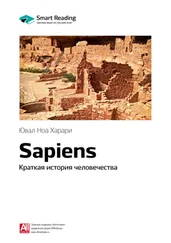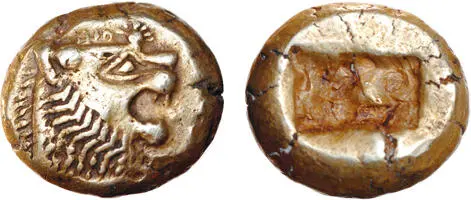
27. One of the earliest coins in history, from Lydia of the seventh century BC.
In turn, the power of the emperor rested on the denarius. Just think how difficult it would have been to maintain the Roman Empire without coins – if the emperor had to raise taxes and pay salaries in barley and wheat. It would have been impossible to collect barley taxes in Syria, transport the funds to the central treasury in Rome, and transport them again to Britain in order to pay the legions there. It would have been equally difficult to maintain the empire if the inhabitants of the city of Rome believed in gold coins, but the subject populations rejected this belief, putting their trust instead in cowry shells, ivory beads or rolls of cloth.
The Gospel of Gold
The trust in Rome’s coins was so strong that even outside the empire’s borders, people were happy to receive payment in denarii. In the first century AD, Roman coins were an accepted medium of exchange in the markets of India, even though the closest Roman legion was thousands of kilometres away. The Indians had such a strong confidence in the denarius and the image of the emperor that when local rulers struck coins of their own they closely imitated the denarius, down to the portrait of the Roman emperor! The name ‘denarius’ became a generic name for coins. Muslim caliphs Arabicised this name and issued ‘dinars’. The dinar is still the official name of the currency in Jordan, Iraq, Serbia, Macedonia, Tunisia and several other countries.
As Lydian-style coinage was spreading from the Mediterranean to the Indian Ocean, China developed a slightly different monetary system, based on bronze coins and unmarked silver and gold ingots. Yet the two monetary systems had enough in common (especially the reliance on gold and silver) that close monetary and commercial relations were established between the Chinese zone and the Lydian zone. Muslim and European merchants and conquerors gradually spread the Lydian system and the gospel of gold to the far corners of the earth. By the late modern era the entire world was a single monetary zone, relying first on gold and silver, and later on a few trusted currencies such as the British pound and the American dollar.
The appearance of a single transnational and transcultural monetary zone laid the foundation for the unification of Afro-Asia, and eventually of the entire globe, into a single economic and political sphere. People continued to speak mutually incomprehensible languages, obey different rulers and worship distinct gods, but all believed in gold and silver and in gold and silver coins. Without this shared belief, global trading networks would have been virtually impossible. The gold and silver that sixteenth-century conquistadors found in America enabled European merchants to buy silk, porcelain and spices in East Asia, thereby moving the wheels of economic growth in both Europe and East Asia. Most of the gold and silver mined in Mexico and the Andes slipped through European fingers to find a welcome home in the purses of Chinese silk and porcelain manufacturers. What would have happened to the global economy if the Chinese hadn’t suffered from the same ‘disease of the heart’ that afflicted Cortés and his companions – and had refused to accept payment in gold and silver?
Yet why should Chinese, Indians, Muslims and Spaniards – who belonged to very different cultures that failed to agree about much of anything – nevertheless share the belief in gold? Why didn’t it happen that Spaniards believed in gold, while Muslims believed in barley, Indians in cowry shells, and Chinese in rolls of silk? Economists have a ready answer. Once trade connects two areas, the forces of supply and demand tend to equalise the prices of transportable goods. In order to understand why, consider a hypothetical case. Assume that when regular trade opened between India and the Mediterranean, Indians were uninterested in gold, so it was almost worthless. But in the Mediterranean, gold was a coveted status symbol, hence its value was high. What would happen next?
Merchants travelling between India and the Mediterranean would notice the difference in the value of gold. In order to make a profit, they would buy gold cheaply in India and sell it dearly in the Mediterranean. Consequently, the demand for gold in India would skyrocket, as would its value. At the same time the Mediterranean would experience an influx of gold, whose value would consequently drop. Within a short time the value of gold in India and the Mediterranean would be quite similar. The mere fact that Mediterranean people believed in gold would cause Indians to start believing in it as well. Even if Indians still had no real use for gold, the fact that Mediterranean people wanted it would be enough to make the Indians value it.
Similarly, the fact that another person believes in cowry shells, or dollars, or electronic data, is enough to strengthen our own belief in them, even if that person is otherwise hated, despised or ridiculed by us. Christians and Muslims who could not agree on religious beliefs could nevertheless agree on a monetary belief, because whereas religion asks us to believe in something, money asks us to believe that other people believe in something .
For thousands of years, philosophers, thinkers and prophets have besmirched money and called it the root of all evil. Be that as it may, money is also the apogee of human tolerance. Money is more open-minded than language, state laws, cultural codes, religious beliefs and social habits. Money is the only trust system created by humans that can bridge almost any cultural gap, and that does not discriminate on the basis of religion, gender, race, age or sexual orientation. Thanks to money, even people who don’t know each other and don’t trust each other can nevertheless cooperate effectively.
The Price of Money
Money is based on two universal principles:
a. Universal convertibility: with money as an alchemist, you can turn land into loyalty, justice into health, and violence into knowledge.
b. Universal trust: with money as a go-between, any two people can cooperate on any project.
These principles have enabled millions of strangers to cooperate effectively in trade and industry. But these seemingly benign principles have a dark side. When everything is convertible, and when trust depends on anonymous coins and cowry shells, it corrodes local traditions, intimate relations and human values, replacing them with the cold laws of supply and demand.
Human communities and families have always been based on belief in ‘priceless’ things, such as honour, loyalty, morality and love. These things lie outside the domain of the market, and they shouldn’t be bought or sold for money. Even if the market offers a good price, certain things just aren’t done. Parents mustn’t sell their children into slavery; a devout Christian must not commit a mortal sin; a loyal knight must never betray his lord; and ancestral tribal lands shall never be sold to foreigners.
Money has always tried to break through these barriers, like water seeping through cracks in a dam. Parents have been reduced to selling some of their children into slavery in order to buy food for the others. Devout Christians have murdered, stolen and cheated – and later used their spoils to buy forgiveness from the church. Ambitious knights auctioned their allegiance to the highest bidder, while securing the loyalty of their own followers by cash payments. Tribal lands were sold to foreigners from the other side of the world in order to purchase an entry ticket into the global economy.
Читать дальше
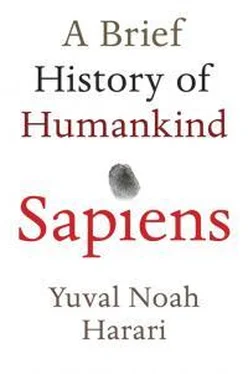



![Юваль Ной Харари - Sapiens. Краткая история человечества [litres]](/books/34310/yuval-noj-harari-sapiens-kratkaya-istoriya-cheloveche-thumb.webp)
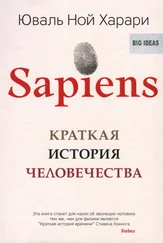


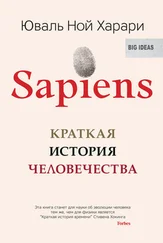

![Юваль Ной Харари - 21 урок для XXI века [Версия с комментированными отличиями перевода]](/books/412481/yuval-noj-harari-21-urok-dlya-xxi-veka-versiya-s-ko-thumb.webp)


